# Entrepreneur of the Week Jan Velski # Post 4 ** Chapter 4 ** Milestones and safe stops Okay, so how do you proceed…

# Initiated week Jan Velski # Post 4
**chapter 4**
Milestones and safe stops
Okay, so how do you proceed from here? Where do you aspire to go and for whom is it suitable?
In a big way, the real estate world can be divided into those that run Sprint and those that run Merton. The world of sprints is a fast-paced, incoming and outgoing world. Dodge flips, new construction and any other investment in which you sell the property after a short period (up to half a year say). This is a world that requires a lot of experience and nerves of iron. The merton world is slower. Buys, leases and manages the investment (not the property). Who is the world of rentals suitable for? In my opinion for people ** who ** do not ** want ** more ** work. If you have a full time job, kids, family, classes, planning vacations and more full of arrangements, you will probably have a very hard time doing flips not to mention more complex things. Those who do not have the time and energy to deal with contractors and bureaucracy will not be able to pee it in such a way that its quality of life will not be harmed. Entrepreneurs who work in the field of improvements, in most cases, this is their main job and they are very very experienced. Rent, on the other hand, is a completely different story, much much more relaxed. It is a relatively simple entry with limited effort (time, money, energy, knowledge, experience). Allows cash flow and capital expenditure every few years (I will detail below).
For me, I chose to enter the real estate world because of rent as a long-term investment. There are several reasons for this that I will detail below. With your permission, I will present to you the strategy in which the world of rent supports your goals on the path to success and wealth. I build it based on what I call safe stops and milestone. These are points where ** the risk is at a minimum **, not gone but definitely going down. The goal is to get from point to point. It can still take years, but we run Merton and there is nowhere to hurry. So:
Safe stop 1 - After buying a first home and renting it, there is a chance that the landlord will not pay and it will take time until eviction, finding a new tenant, etc. During this period, you pay a mortgage and enter a "minus" cash flow. So how do you lower the risk of a cash flow problem (not the chance)? The solution is simple. You need such an amount of property where if one property does not pay rent, the profit from the other properties covers the expenses of the problematic property. (Assuming that the chance of several assets in two times bank time is very low). For example, you have a property for which the mortgage (including taxes, insurance) is $ 1000 and this property is rented for $ 1500, so you need 3 such properties in order for two properties to finance a third problematic property. This is a station that lowers your risk of a flow problem from medium to low risk. Any asset you add to the portfolio will lower the risk of a cash flow problem (up to a certain limit).
Safe stop 2 - so now you have several properties, say 3, what's next? The next step is how the profit from the properties gets you enough flow to build a down payment for the next property. Until now, the payment for the down payment came from your pocket. The second stop is to create a situation where the profits from the assets do the work for you. Following on from the previous estimate, a property that is rented for $1500 will cost approximately $180,000. ZA needs 20% down + closing costs and minor repairs. We need say $45,000. So how many properties should be purchased? Assuming that each property generates a profit of $6000 per year ($500 per month) you need approximately 10 properties. With this number of properties, you are at the point where every year you buy a property only from the profits of existing properties.
Getting to a second stop can take several years. The good news is that you can accelerate. how? I will explain later.
Safe stop 3 - This is starting to get interesting. The third station should be one that will bring you a third salary home. Think you are working, your spouse is working and hop another incoming tool. Worth not? The risk you are attacking here is the loss of one spouse's job. The profit from the assets will cover the current expenses and maintain your standard of living. In my opinion the number is about 20 properties. Really depends on everyone's condition but this is the third stop. Another salary for the house.
Millstone 4 - Net equity $ 30 million (excluding debt). Need about XNUMX properties. This is very respectable.
Millstone5 - Net profit over $ 100,000 per year. Voluntary retirement. Mazel Tov. Over 40 properties.
As you have seen, the real challenge is to reach the third station. So how do you accelerate? To get to the first and second station you will have to save. work–> save–> buy. A few rounds like this, there's nothing to do, what life is. But for the third station and beyond, it is an acceleration **and a built-in advantage** of investing in real estate for the medium-long term. How do you do it? So first of all increase profits by raising rents and lowering expenses such as taxes, insurance, management fees (where possible). Second, refinance and capital expenditure. The capital (equity) is built every year in the property both by the payment of the principal and by the increase in market prices. Assuming there is a value increase of about 5% every year (a reasonable discount) and you pay a 5% principal every year, then you have a capital increase of about 10% every year. Within a few years you can spend 75-80% of the accumulated capital and invest in a new property. We will continue the previous doge. refinance every 3 years, will allow you enough down payment for a new property. Getting from safe stop 2 to safe stop 3 will take about 3-4 years.
If you have a multifamily you can spend even more capital in many cases. In contrast to a single family where the value of the property is determined by the market, in a multifamily the value of the property is a function of return (large rent). Raise rent then the value of the property will increase and it will be possible to spend capital
Until an interesting figure, the rise in real estate prices is exponential, ie it has a more or less constant growth rate year after year. We feel it less because the price is normal (nominal). Therefore holding assets over time builds passive capital (which can be spent).
** In conclusion - if you are serious, I think you can reach retirement within 10 years. **
Tomorrow episode 5, I will write a bit about the US rental market and numbers numbers numbers
The original responses to the post can be read at the bottom of the current post page on the site or in the link to a post on Facebook and of course you are invited to join the discussion
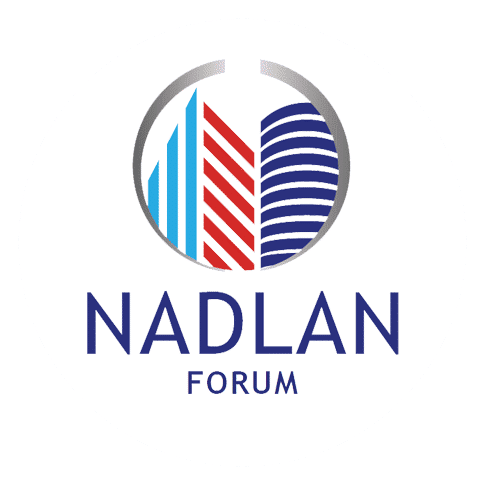













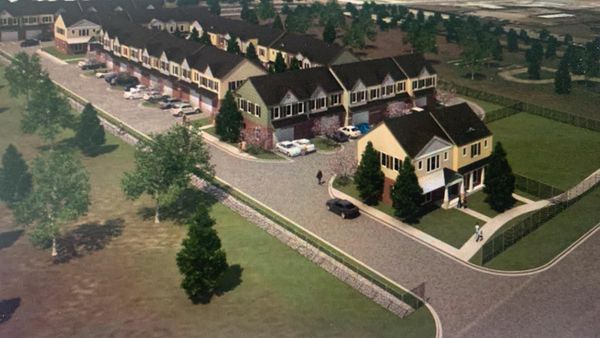












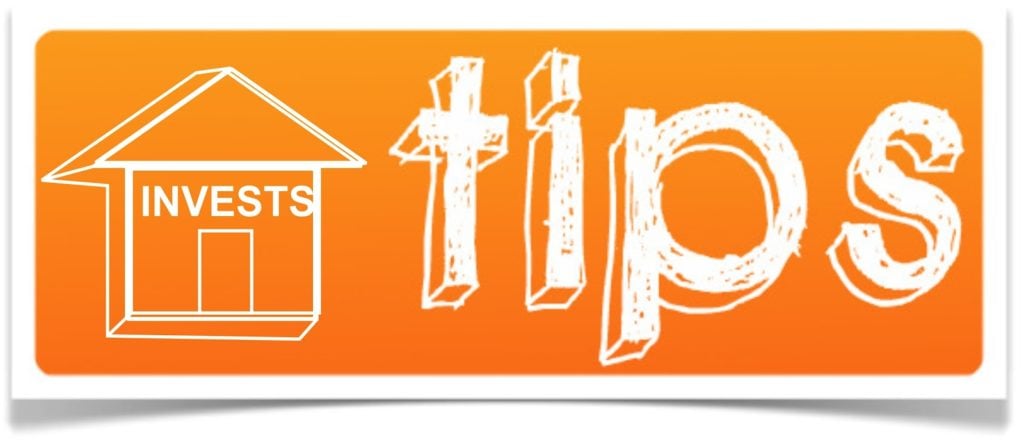





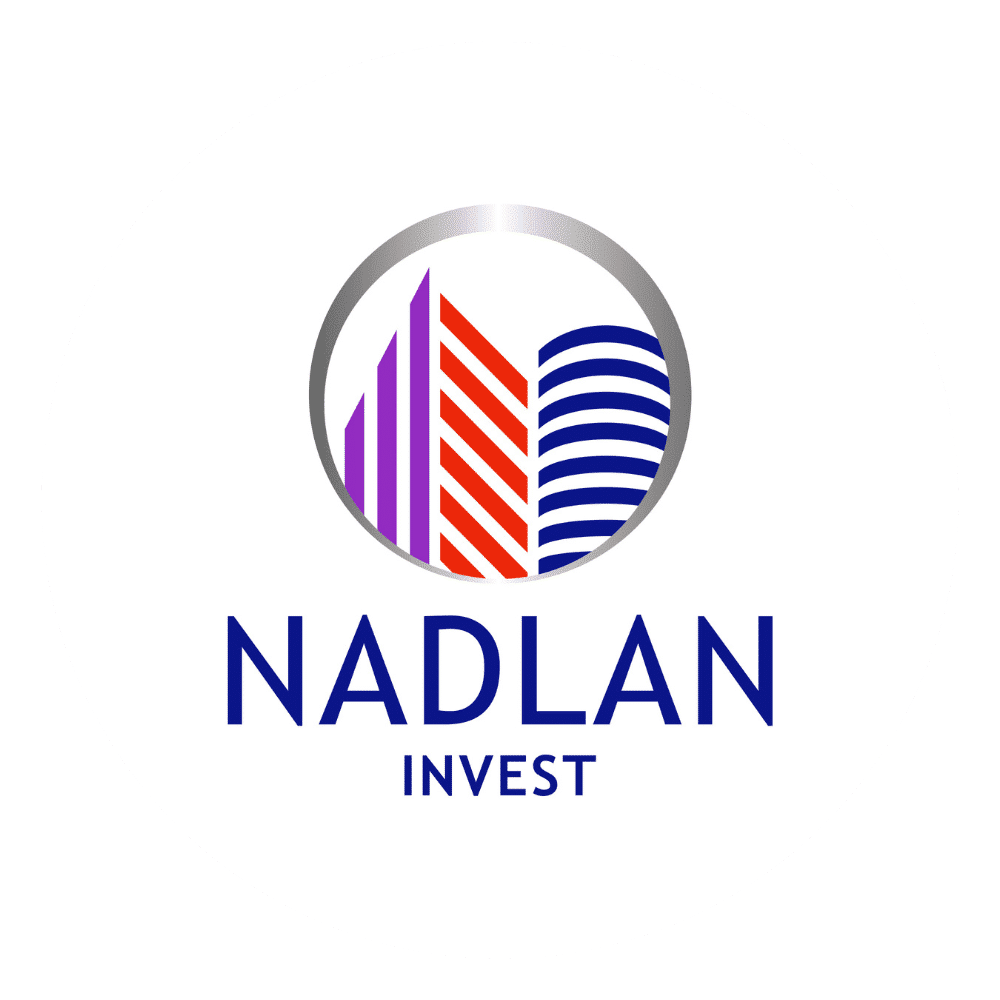


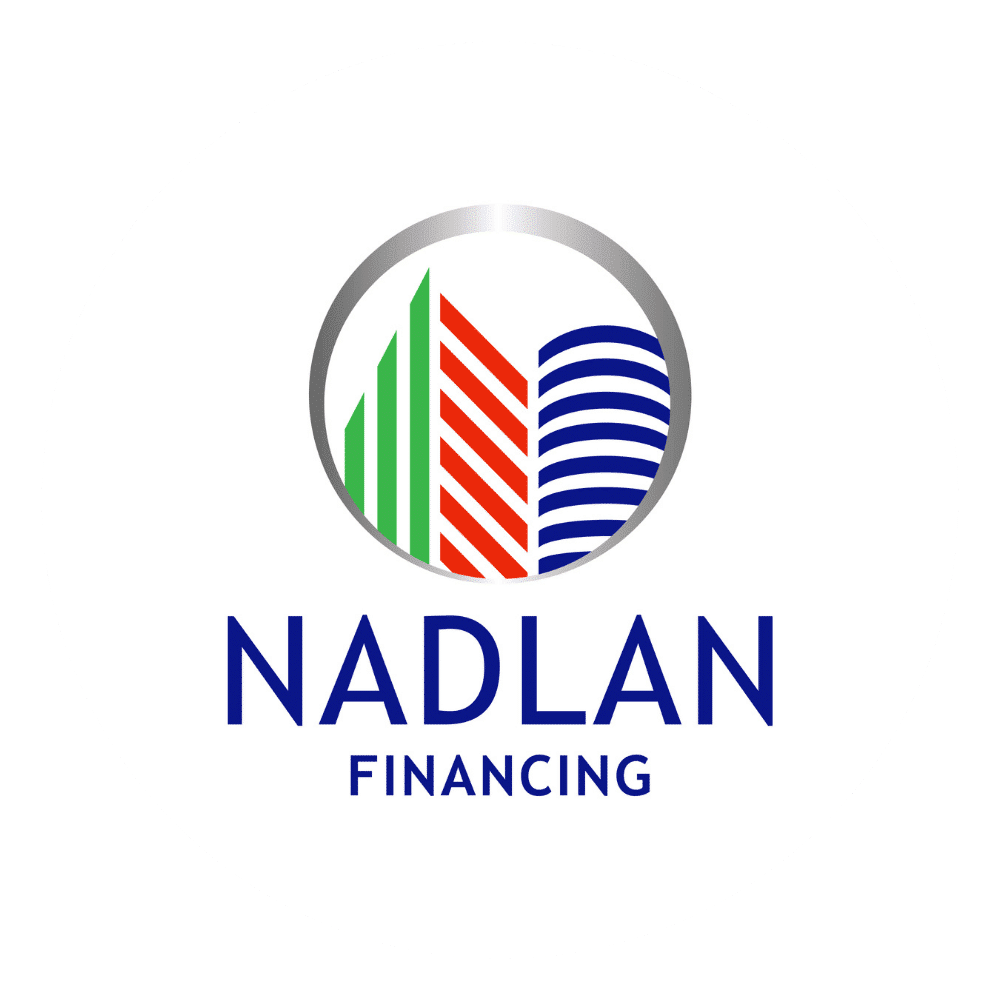


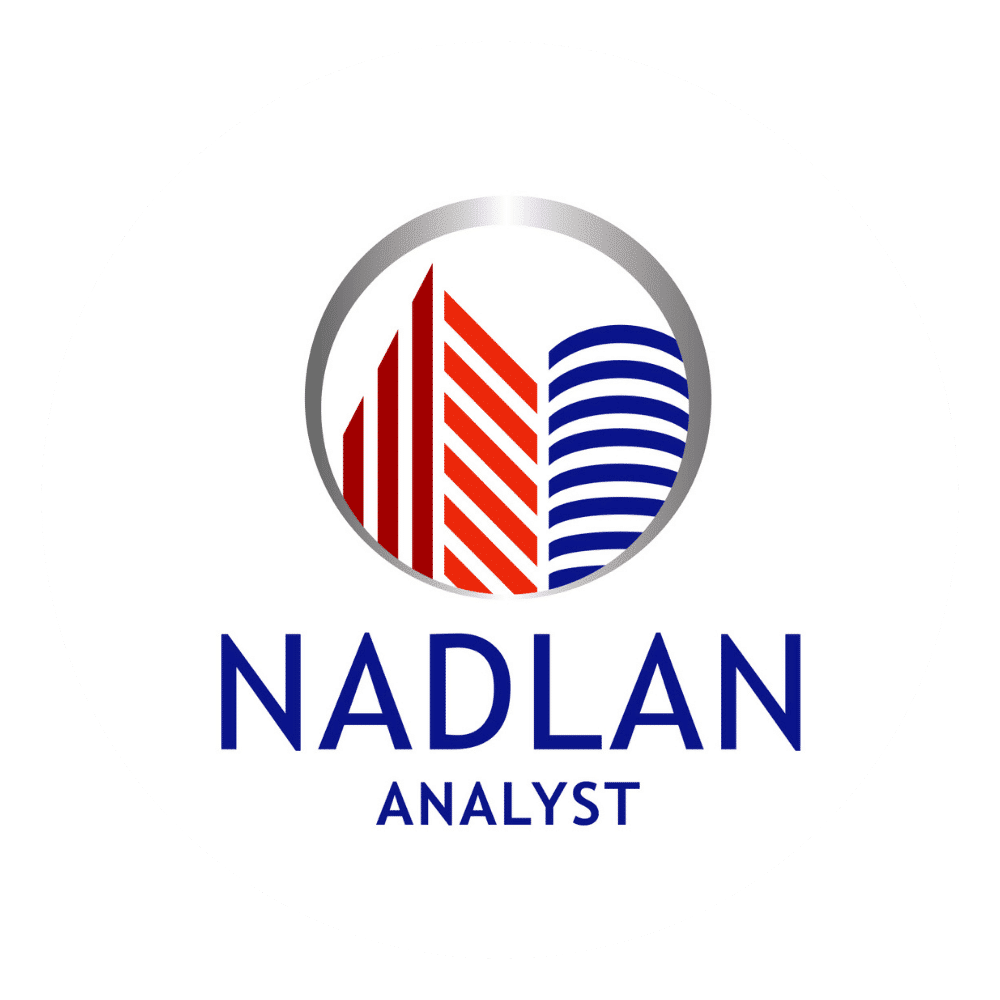
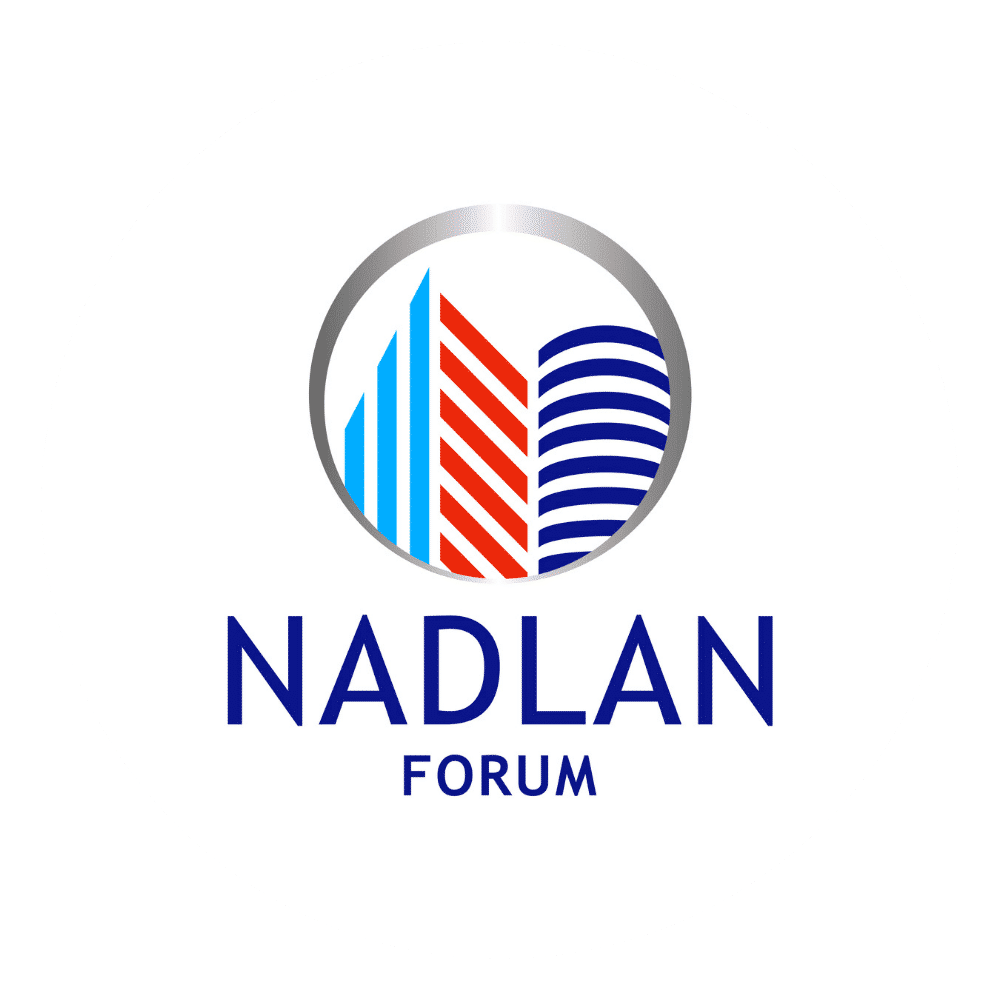
Yair Levi
Yan Valsky Good job writing and starting conversation.
My main question here, what is your best scenario goal? Is it financial retirement in 1x years?
This is the plan in a big way, the question is how can you get as many mortgages with a minimal down as you describe
Thank you! It was interesting to read. From what you wrote (5% principal payment per year) should it be concluded that you are in favor of mortgages shorter than 30 years? Especially in the United States it seems that the accepted mortgage is one in which in the first years the payments mainly cover the interest rate and the principal barely moves.
Gal Shmukler Following our talk, Jan's brilliant analysis
Great content. Thanks.
Looks promising, the question is whether in practice the numbers work out as you described (deviation here and there is not terrible)…
Yair Sida
Full value champion thank you ????